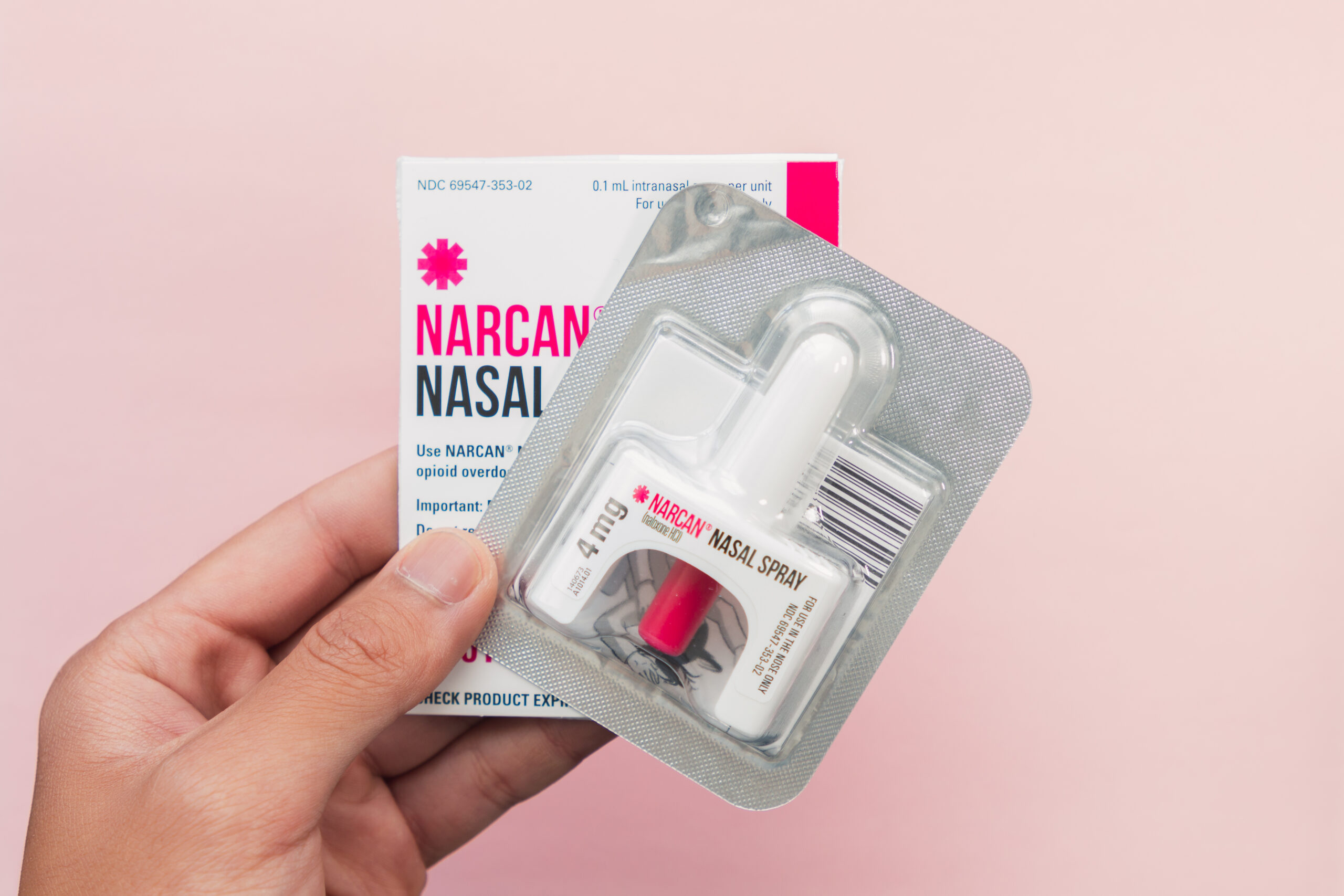Adult Opioid Overdose for Lay Rescuers
Short Description
This algorithm outlines the steps to guide the lay rescuer to efficiently identify and manage cardiac arrest due to an opioid overdose.
Algorithm at a Glance
- The lay rescuer identifies when an individual may have an opioid overdose.
- In cardiac arrest, the rescuer begins high-quality CPR while waiting for a defibrillator/AED and naloxone.
- Naloxone is administered as soon as it is available and then every 4 minutes as needed.
- CPR and monitoring are maintained continuously.
Goals for the Management of Opioid Overdose in Adult Patients
The lay rescuer will be able to:
- Recognize an opioid-associated life-threatening emergency
- Provide appropriate treatment for an opioid-associated emergency
The Adult Opioid for Lay Rescuers Algorithm
This algorithm was created to present the steps to guide a lay rescuer in managing victims presenting with symptoms of an opioid overdose.
Opioid-Associated Emergency Algorithm
Related Video: Understanding the Opioid-Associated Emergency Algorithm for Lay Rescuers
Box 1: The Patient is Assessed and EMS Activated
The layperson rescuer calls for help and sends someone for an AED and naloxone. The rescuer then checks to determine if the patient is responsive.

A layperson will need to recognize if an individual has an opioid overdose.
Box 2: Is the Patient Breathing Normally?
If the patient is breathing normally, the rescuer proceeds to Box 3. If breathing is NOT normal (gasping or no breathing), they proceed to Box 5.
Related Video: Understanding Agonal Breathing
Box 3: Supporting the Patient
The layperson rescuer maintains an open airway and prepares the patient for transport to the ED. The rescuer should consider the administration of naloxone if available.
Box 4: Continuous Monitoring
While waiting for EMS, the rescuer continues to monitor the patient’s breathing and level of consciousness until EMS arrives for transport.
Box 5: Begin CPR
The layperson rescuer does not check for a pulse. If the patient is not breathing, the rescuer provides high-quality CPR and administers naloxone when available. If not trained to provide rescue breaths, the lay rescuer performs hands-only CPR and uses the AED when available.

Naloxone is available in different forms, including a nasal spray.